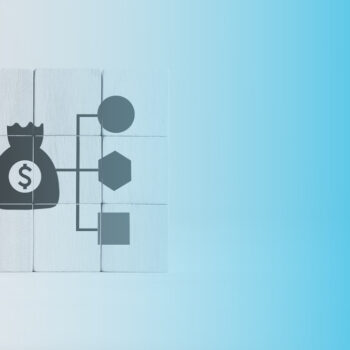In the competitive world of nonprofit marketing, standing out and building emotional connections with audiences are essential to creating a lasting impact. With thousands of organizations vying for attention, only the most strategic, innovative, and memorable nonprofit marketing examples manage to break through the noise.
A well-crafted campaign can boost awareness, drive donations, inspire advocacy, and attract dedicated volunteers, ultimately helping organizations fulfill their missions.
However, to achieve these outcomes, nonprofits need a powerful combination of creativity, storytelling, and a clear, audience-centered strategy.
From viral social media challenges to visually compelling storytelling, the nonprofit marketing examples in this guide showcase how organizations are using unique and impactful approaches to captivate supporters and convey the importance of their causes.
Each campaign demonstrates the potential of nonprofit marketing to drive results and inspire change, providing a roadmap for other organizations seeking to maximize their influence.
To spark your next campaign idea, here are some powerful nonprofit marketing examples that have achieved remarkable success, bringing communities together, amplifying missions, and delivering measurable results.
Whether you’re looking to raise awareness, engage new audiences, or motivate donations, these examples are a testament to what’s possible when passion meets purpose.
Nonprofit Resources
The Charity Charge resource hub is dedicated to providing tips, tools, and information to help your nonprofit create and grow a modern organization. Learn more
Charity: Water’s Storytelling Approach
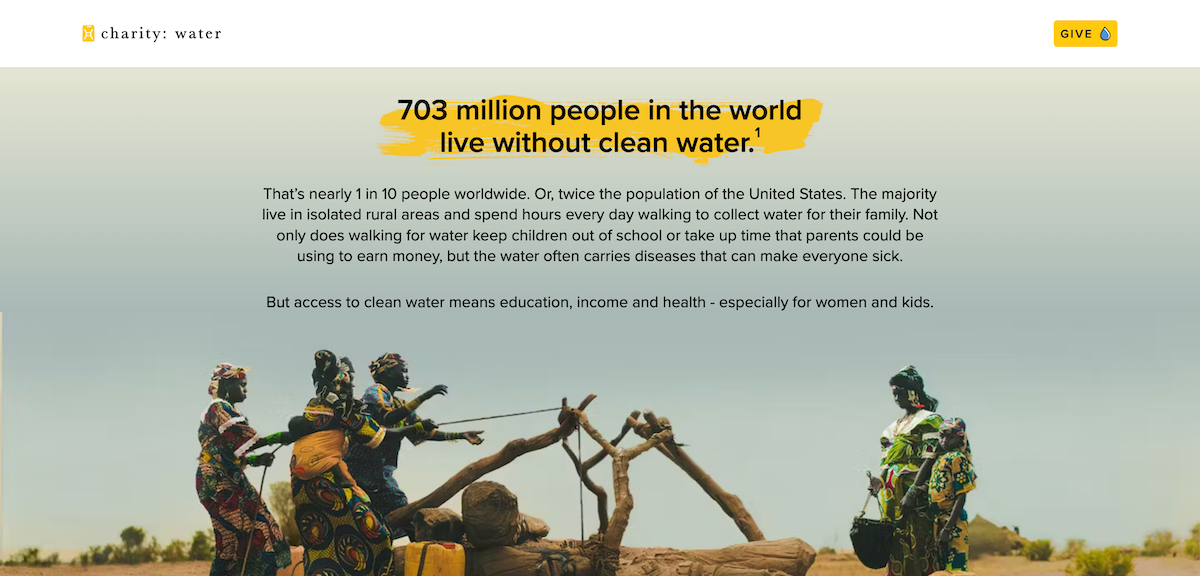
Charity: Water uses compelling storytelling to illustrate the impact of donations. Through videos, blog posts, and social media, the nonprofit shares stories of individuals and communities transformed by access to clean water. This emotional appeal helps donors see exactly how their contributions make a difference, creating a strong bond and encouraging continued support.
Key Takeaway:
Invest in storytelling that showcases the real-life impact of your mission. Use high-quality visuals, personal stories, and data to bring your cause to life.
Oceana’s “Explainer” Video Series
Oceana’s explainer video series focuses on showcasing species in our oceans, explaining the benefits of habitats, and the importance of sustainable fishing for global food security. By connecting people to understand the oceans more appeal to a wider audience and generated support.
Key Takeaway:
Relating your cause to everyday issues makes it more relatable and helps reach broader audiences.
Feeding America’s Data-Driven Campaigns
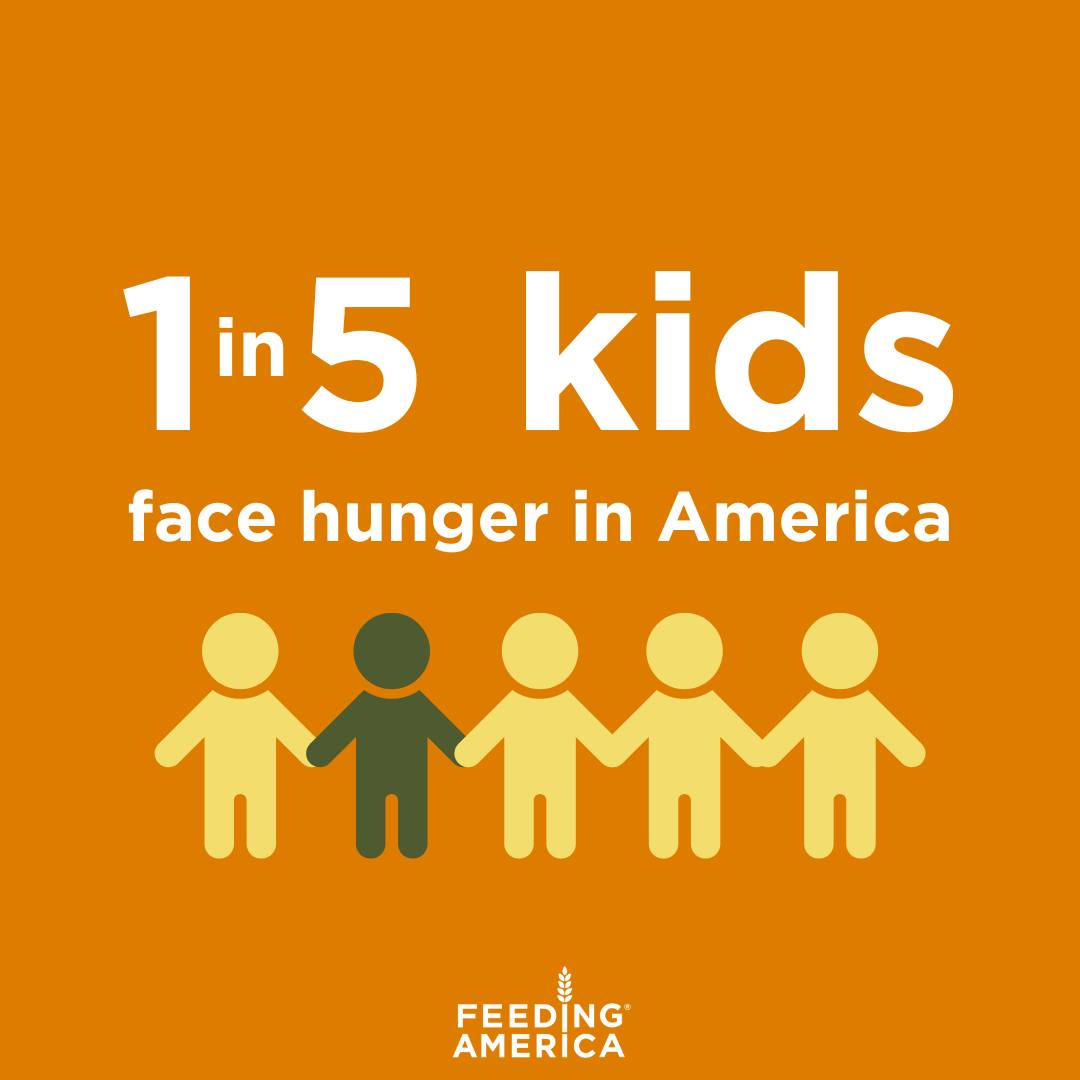
Feeding America has taken a data-driven approach to their marketing. By using data, they can target potential donors and volunteers more effectively, creating personalized campaigns that resonate. They also use data to illustrate the scale of hunger in America, helping donors understand the problem and see the impact of their contributions.
Key Takeaway:
Use data to personalize your campaigns and target your audience more effectively. Data-driven marketing can increase engagement and help convey the scale of the problem you’re addressing.
The Girl Effect’s Viral Video Campaign
The Girl Effect released a video titled “The Clock is Ticking,” which focused on educating audiences on the potential of empowering young girls worldwide. The visually striking and straightforward video, combined with a clear call to action, spread quickly across social media, raising awareness and donations to support programs for girls’ education and empowerment.
Key Takeaway:
Use video storytelling to convey your message simply and powerfully. Videos that are easy to share on social media help spread your mission quickly.
The ALS Ice Bucket Challenge’s Viral Success
The ALS Ice Bucket Challenge is perhaps one of the most iconic examples of viral nonprofit marketing. This campaign encouraged people worldwide to dump ice water on themselves, share the video on social media, and donate to ALS research. With the involvement of celebrities and a powerful social media presence, it raised over $115 million.
Key Takeaway:
A well-executed viral campaign can generate widespread awareness. Encourage community involvement and leverage social media for massive reach.
World Wildlife Fund’s #LastSelfie on Snapchat
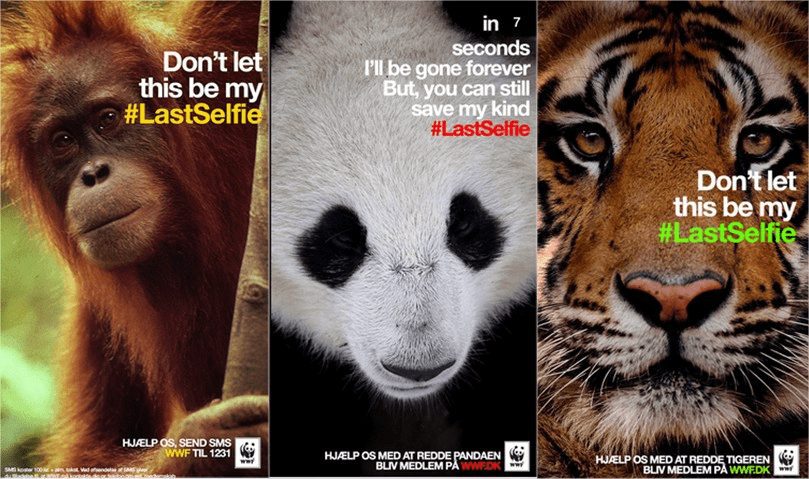
The World Wildlife Fund (WWF) used Snapchat to highlight the extinction crisis with their #LastSelfie campaign. By sharing images of endangered animals with messages like “Don’t let this be my #LastSelfie,” WWF created urgency and motivated users to donate and share the campaign. This approach was innovative and effectively leveraged the platform’s disappearing content to convey a powerful message.
Key Takeaway:
Leverage popular platforms like Snapchat or TikTok creatively, using urgency and user participation to amplify your message.
Movember’s Personalized Fundraising Experience
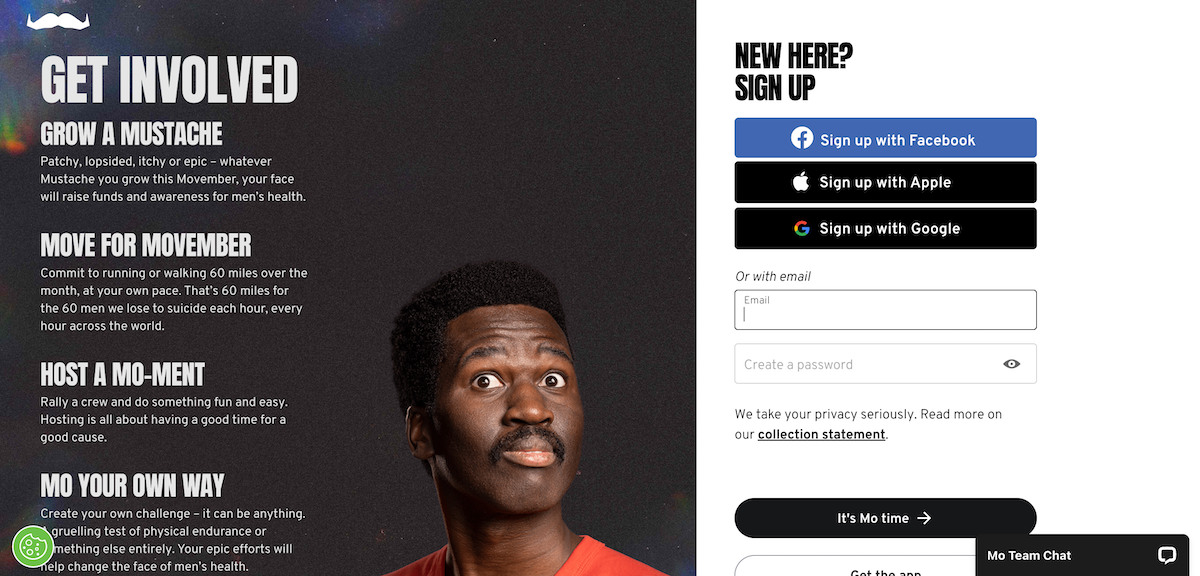
Movember is a nonprofit that raises awareness about men’s health issues by encouraging men to grow mustaches every November. Participants create personalized fundraising pages and can connect directly with their friends, family, and social networks, creating a sense of personal involvement and community support. This engaging format helped Movember raise millions for men’s health.
Key Takeaway:
Consider personalized fundraising campaigns that empower supporters to participate directly and make the cause feel personal.
No Kid Hungry’s Digital Fundraising Push
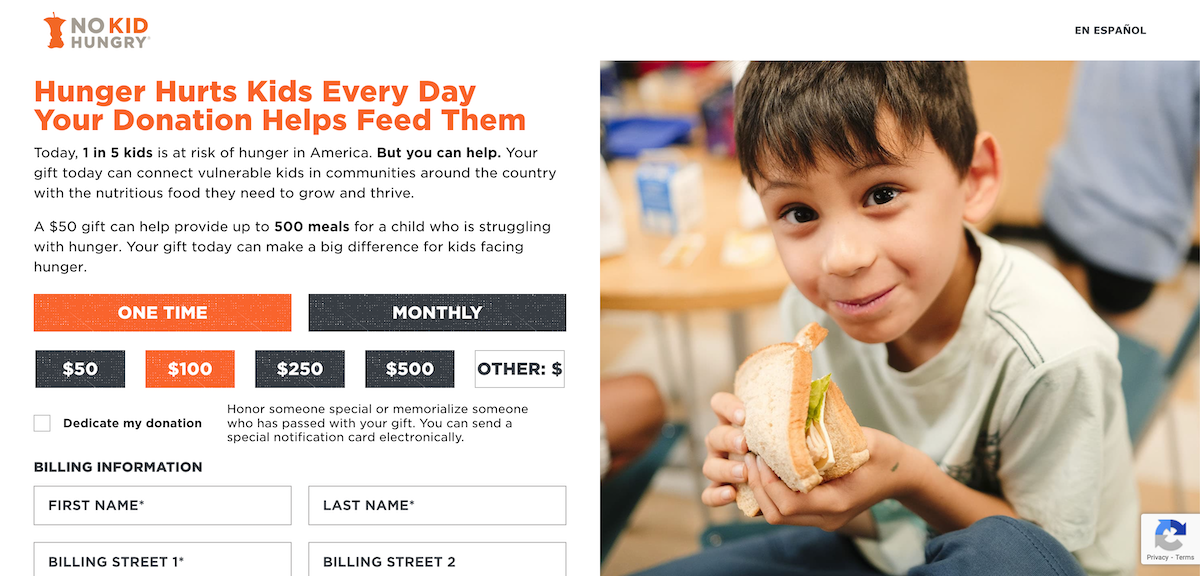
No Kid Hungry takes a modern approach to digital fundraising. With interactive digital elements on their website and a strong presence on social media, they reach a broad audience while making it easy for donors to give. Their campaigns often include collaborations with restaurants and retail partners, extending their reach further.
Key Takeaway:
Optimize your digital platforms for fundraising. Make the donation process easy and consider strategic partnerships to broaden your reach.
Habitat for Humanity’s Volunteer-Centric Campaigns
Habitat for Humanity emphasizes volunteer involvement in their marketing. Their campaigns showcase stories of volunteers building homes, creating a sense of community and inspiring others to get involved.
By highlighting the tangible results of volunteer work, they’ve fostered a strong volunteer network and attracted donations.
Key Takeaway:
Highlight volunteer experiences to attract both volunteers and donors. Sharing the stories and impact of volunteers can inspire others to get involved.
The Nature Conservancy’s Targeted Email Marketing
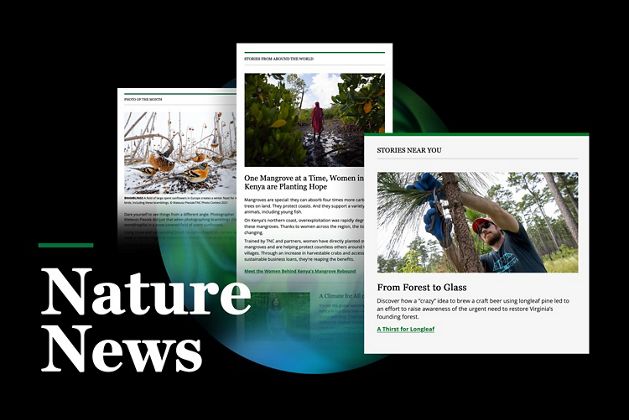
The Nature Conservancy uses personalized email campaigns to keep supporters informed and engaged on environmental issues. With consistent updates, they maintain an active relationship with their supporters, encouraging further donations and involvement.
Key Takeaway:
Keep consistent communication with your audience, and tailor email messages to sustain engagement.
Alzheimer’s Association’s “The Longest Day”
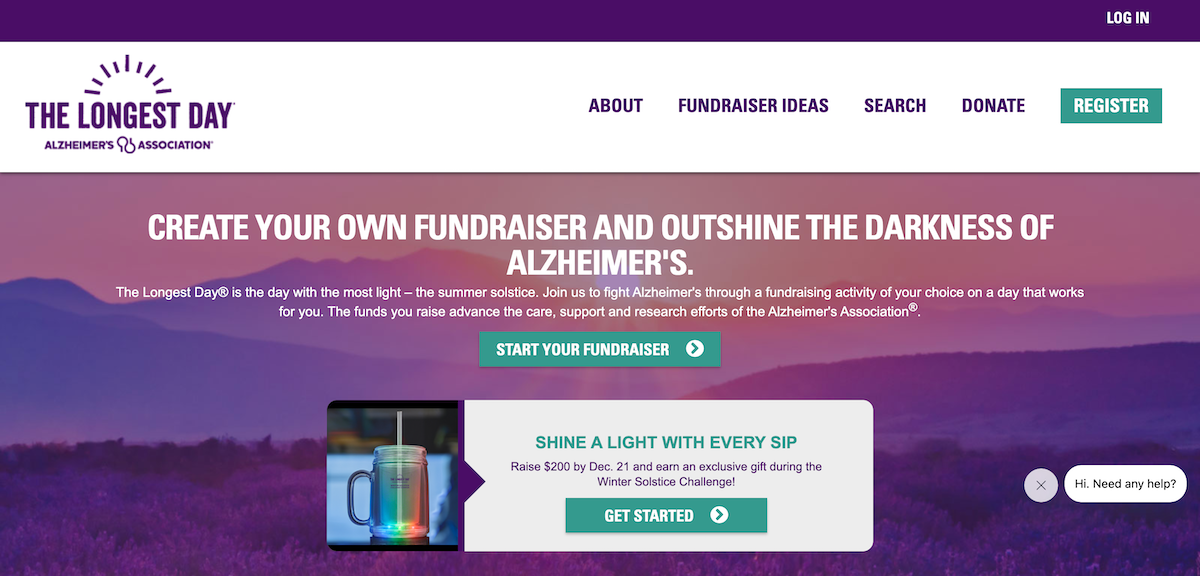
To raise awareness for Alzheimer’s disease, the Alzheimer’s Association hosts a day-long fundraising challenge encouraging participants to engage in any activity to support the cause. This campaign is flexible, enabling people to participate in their own way while spreading awareness.
Key Takeaway:
Offer flexible participation options to encourage supporters to engage in ways that suit them best.
American Red Cross’ Text-to-Give
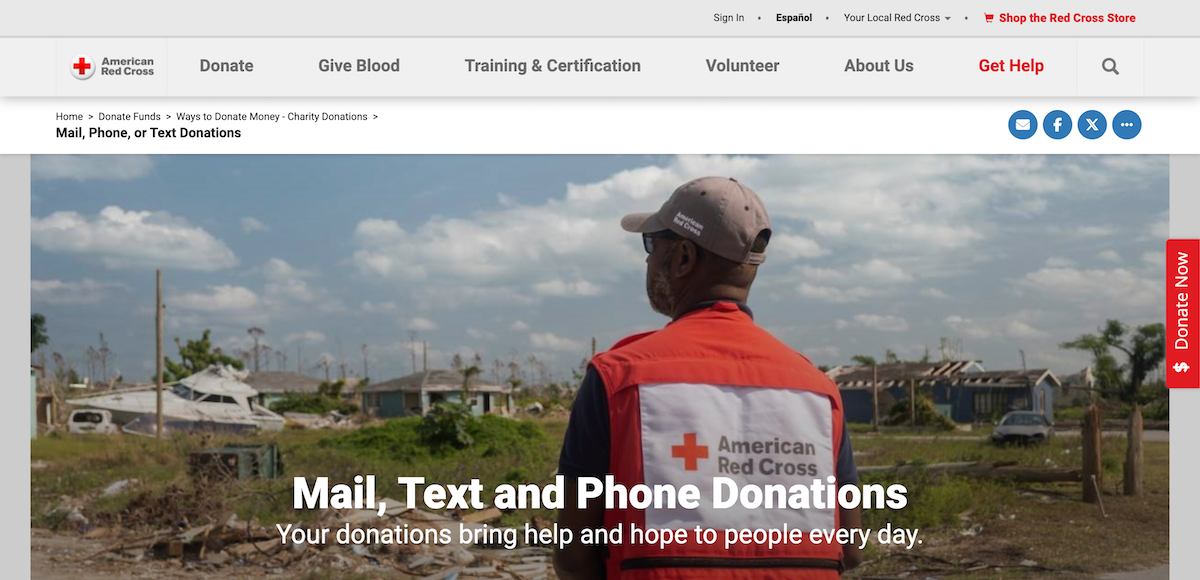
American Red Cross has long utilized text-to-give campaigns, especially during natural disasters. By making it easy to donate via SMS, they’ve raised substantial funds quickly during times of crisis.
Key Takeaway:
Implement text-to-give options for quick, accessible donations during emergencies.
Susan G. Komen’s Race for the Cure
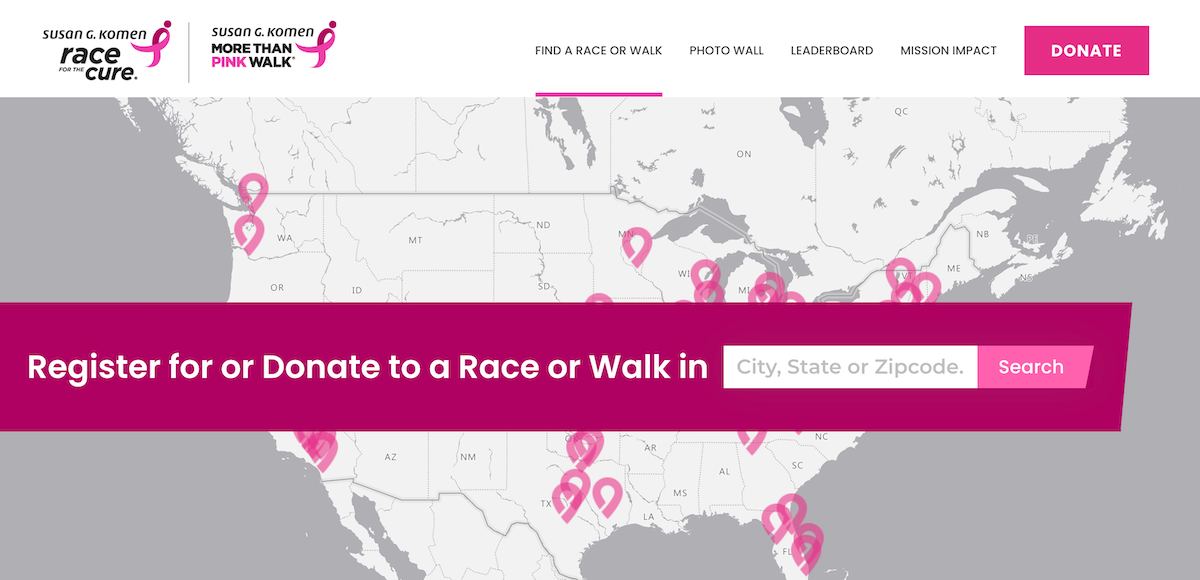
The Race for the Cure is a major annual event where participants run to raise money and awareness for breast cancer research. These events create a sense of community, support, and visibility, helping unite people for the cause.
Key Takeaway:
Hosting fundraising events can build a strong community and help drive both awareness and donations.
Why These Nonprofit Marketing Examples Work
Each of these examples leverages unique strategies and platforms to communicate a cause effectively. Here’s why they work:
- Emotional Appeal: Many campaigns focus on storytelling, using personal stories and strong visuals to create an emotional connection.
- Engagement and Interactivity: Campaigns like the Ice Bucket Challenge encouraged participants to take action and share on social media, driving more organic reach.
- Data and Personalization: Nonprofits like Feeding America use data to make their campaigns more personalized, targeting the right audience with the right message.
- Platform-Specific Strategies: WWF and Greenpeace have tailored their approaches for platforms like Snapchat and public spaces, respectively, maximizing impact by meeting their audience where they are.



